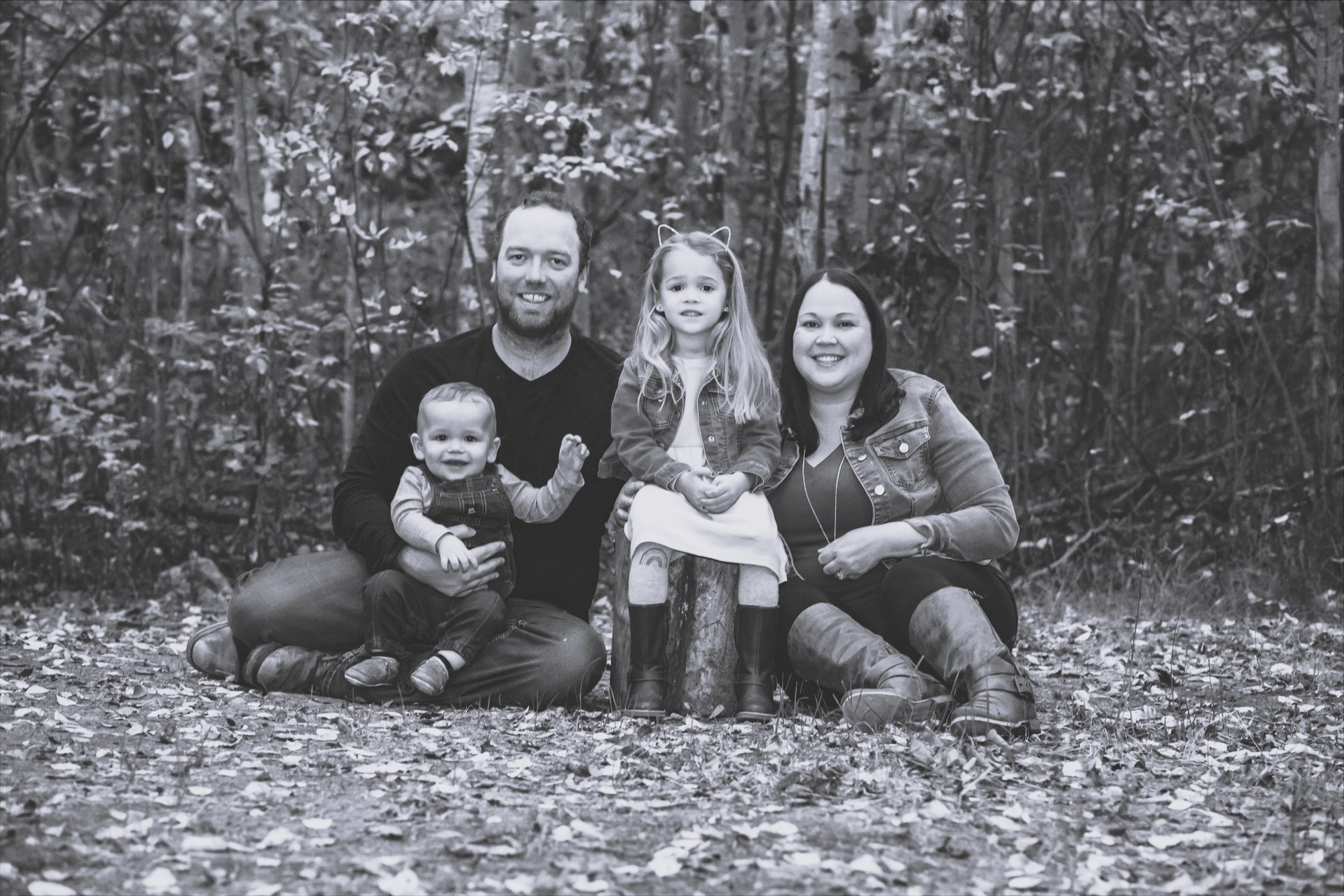
Is it Time for No More Naps?
Ahhh!!! The day every parent dreads! It’s not the most exciting milestone but a milestone that we all need to work through at some point. No more naps?!?
This usually happens around 3 years old but can happen anywhere from 2.5-4 years.
There are really two main ways to determine if your toddler is ready to drop naps completely: fighting their nap or fighting bedtime.
- If your toddler has been fighting their nap but going to bed well at bedtime for at least four weeks then it may be time to drop the nap.
- If your toddler has been taking a nap but fighting bedtime for at least four weeks it may be time to drop the nap.
⚠️CAUTION⚠️ Do Not Transition Too Early
Yes FOUR weeks! That really is the BARE minimum. Ideally you want to keep offering a nap for about 4-6 weeks. If after that time, things have not returned to normal than you can work on transitioning to no more naps.
You want to wait before making the transition because it’s quite possible that your little one is just going through a sleep regression. There is a lot going on developmentally in those toddler years and developmental progressions impact sleep.
By waiting it out, you can ensure that you are making the right decision and aren’t jumping the gun. Because worse than a toddler skipping a nap is a toddler who really needed a nap but didn’t get one…hello Meltdown City!
How to Make the Transition
How you transition will depend slightly on which of the two signs your toddler is showing.
Fighting Nap
Cutting out daytime sleep is a big adjustment for little bodies so offering quiet time as an alternative can really help make the transition easier on your toddler (and you!). Read this blog all about how to introduce quiet time.
Fighting Bedtime
Start by shortening the nap. As your toddler gets older, you can expect that they may need a shorter nap. Shorten the nap by 30 minutes every 5 days until it’s about 45 mins. If even a short 45 minute nap is causing bedtime to be too late then it’s time to stop the naps.
I love the idea of quiet time for all toddlers because it’s a great way to give the body a break midday but use caution when offering quiet time to a child who will still easily fall asleep during the day. You will have to watch your toddler to ensure they do not fall asleep during quiet time.
Either Way…
Whether your toddler falls into the fighting nap category or the fighting bedtime category, early bedtimes are going to be your very best friend. An early bedtime is going to be a must for the first month or so while your toddler’s body is adjusting to no longer sleeping during the day. It’s hard to go from only having 5-6 hours of awake time to now having 11-12 hours. You can expect more meltdowns and crankiness in the early weeks of the transition. Cranky kids need to go to sleep earlier! You may even notice that the early bedtime sticks around for a while.
Your toddler may not need a midday nap anymore but that doesn’t necessarily mean that they need less sleep overall. I often see toddlers add the time they spent napping to their nighttime sleep. So Instead of sleeping for 1.5 hours during the day and 11 hours at night. After they drop their nap they may need more like 12.5 hours of sleep at night. This is very common for toddlers who drop their nap before three years old.
Is your toddler showing one of the signs they are ready to drop their nap? I know it can feel sad and scary to say goodbye to that break in the middle of the day but I am here for you if you need guidance and support.
Book a 30-minute Ask Me Anything Call with me and I’ll be able to help guide you through this transition so it feels less scary.



